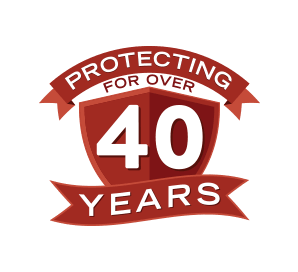If you’re noticing quite a few more wasps around lately, you’re right. Not only are we at the peak of BBQ and swimming season, we’re right in the middle of wasp season as well.
One type of wasp poses a serious health concern around Hamilton area’s parks, beaches, and backyards: the Yellow Jacket.
How to Spot Them:
Most Yellow Jackets are black and yellow, and about the size of a dime. Some types, called Bald-faced Hornets, are black with white stripes on their heads and back ends and about the size of a quarter. All have a thin midsection, or “waist”.
Where to Find Them:
Most Yellow Jackets nest in the ground. You can spot them emerging from burrows, porches, or from loose tree bark. Bald-faced Hornets, however, prefer to nest in trees or windowsills.
During mid to late summer, Yellow Jackets switch their diets from larvae and small insects to scavenged sugary foods. This is why you’ll see them swarming around outdoor garbage bins throughout the city, especially at outdoor events.
What to Do If You See Them:
Yellow Jackets are an extremely aggressive species. In fact, they coordinate their attacks like an army, and can be provoked just by your presence or by loud noises. Bald-Faced Hornets are unique in that they can also shoot their venom from a distance.
As soon as you become aware of a nearby colony, you should move to a different location.
Coming across 1 or 2 wasps shouldn’t be a problem. However, if you notice several in one place, or if you find their nest, you should take action. This is especially important if the nest is in an unavoidable area or where children might be exposed to it.
Action Pest will help you to identify the species, and determine the best approach for getting rid of the colony. It’s important not to attempt to exterminate them yourself since colonies can grow to well over 1000 wasps during the summer.
Don’t Get Stung
If you see a Yellow Jacket, don’t swat; simply walk away. It’s also a good idea to be aware of the nest location so you can avoid any nasty surprises.
Also, since they’re attracted by sweet smells, you should avoid wearing scented products outdoors and never drink straight out of a pop can when outside. Opt for either a straw or a glass instead.
But If You Do…
If you’re stung by a Yellow Jacket, get as far away from it as possible and as soon as possible. Otherwise, the rest of the colony can attack, and will chase for significant distances.
You can soothe stings using baking soda mixed with water, toothpaste, or a cut onion. However, seek medical attention if there are more than 10 stings, if stung on the mouth or throat, or if experiencing swelling, rash, hives, fever, nausea, or difficulty breathing.
It’s important to stay safe while making the most of your summer. For more information about wasp control, Contact Us.






